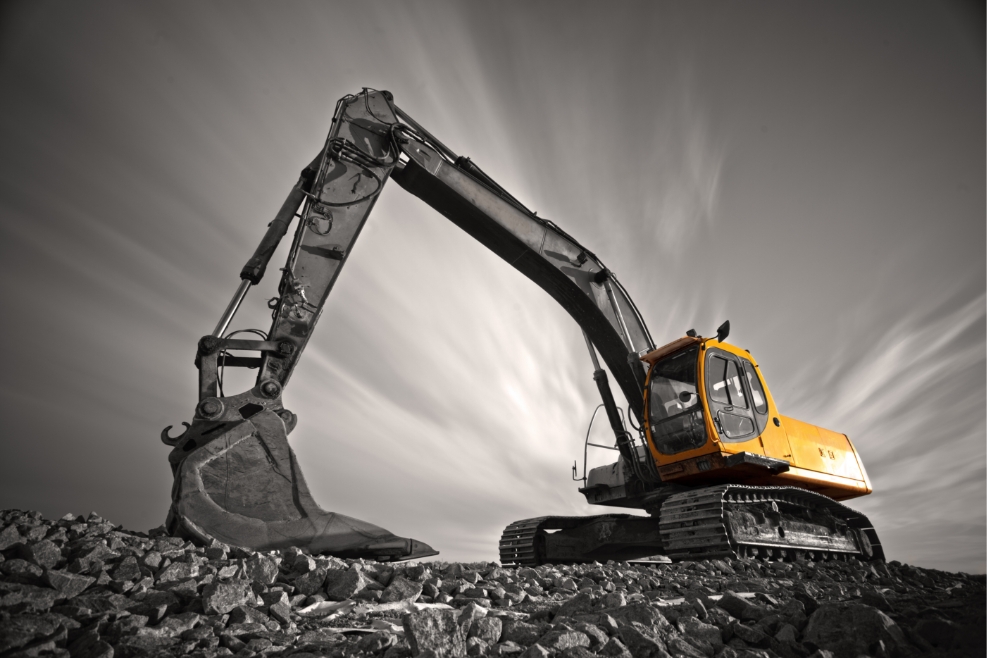Explaining How Hydro Excavation Works

Hydro excavation, also known as hydrovac, is an innovative method of excavation that utilizes high-pressure water and powerful vacuum systems to safely and efficiently remove soil, debris, and other materials from a work site.
Hydrovac services have become increasingly popular in recent years due to their many advantages over traditional excavation methods, such as increased safety, reduced environmental impact, and cost-effectiveness. This article will provide an in-depth look at how hydro excavation services work.
The Excavation Procedure
At its core, the hydro excavation process involves two primary components: high-pressure water and a powerful vacuum system. Here’s a step-by-step overview of the process:
Step 1: Preparing the Site
Before the hydro excavation process begins, it is essential to prepare the site. This involves conducting a thorough assessment of the area to identify potential hazards and locate any underground utilities that may be present.
This information is crucial in determining the best approach for the excavation and ensuring that all safety precautions are in place. Additionally, proper site preparation may involve obtaining necessary permits, installing safety barriers, and creating a plan for soil disposal.
Step 2: Setting Up the Hydro Excavation Equipment
Once the site is prepared, the hydro excavation equipment is brought in and set up. This equipment typically consists of a specialized truck with a high-pressure water system and a powerful vacuum unit.
The truck may also be equipped with additional features, such as a heater to warm the water during cold weather or a remote control system for increased operator safety.
Step 3: Applying High-Pressure Water
The first active step in the hydro excavation process is applying high-pressure water to the ground. This is done using a handheld wand or a lance connected to the water system on the truck.
The high-pressure water is used to break up the soil and create a slurry mixture that can be easily removed. This method of soil removal is less invasive than traditional digging methods, reducing the risk of damaging underground utilities and surrounding structures.
Step 4: Vacuuming the Slurry
As the water breaks up the soil, the powerful vacuum system on the hydro excavation truck is used to suck up the slurry. The vacuum hose is typically inserted into the excavation area alongside the water wand, allowing the operator to control both the water pressure and vacuum simultaneously.
Depending on the project requirements, the slurry is then transferred to a debris tank on the truck for later disposal or possible reuse.
Step 5: Repeating the Process
The hydro excavation process is repeated in a systematic manner, gradually excavating the desired area. As the excavation progresses, the operator can adjust the water pressure and vacuum strength to accommodate different soil types and conditions.
This level of control enables precise and efficient excavation, minimizing the risk of over-digging or damaging the target utilities.
Step 6: Backfilling and Site Restoration
Once the excavation is complete and the desired utilities have been accessed or installed, the site must be restored to its original condition. This may involve backfilling the excavation area with the previously removed soil or importing new soil if necessary.
The area is then compacted and graded to ensure proper drainage and prevent settling. Finally, any safety barriers are removed, and the site is cleaned up, leaving it in a safe and visually appealing condition.
Conclusion
Hydro excavation is an innovative and efficient approach to excavation that offers numerous benefits over traditional digging methods. By combining high-pressure water and strong vacuum systems, hydro excavation minimizes the risk of damage to underground utilities, improves worker safety, and reduces environmental impacts.
As the demand for more precise and minimally invasive excavation methods continues to grow, hydro excavation is poised to become an indispensable tool in the construction and utility industries.
Are you in need of hydrovac services in Medicine Hat? Get in touch with DL Nagel Excavating, a comprehensive excavating firm with three decades of vast expertise. Allow us to assist you with your hydrovac requirements right away!